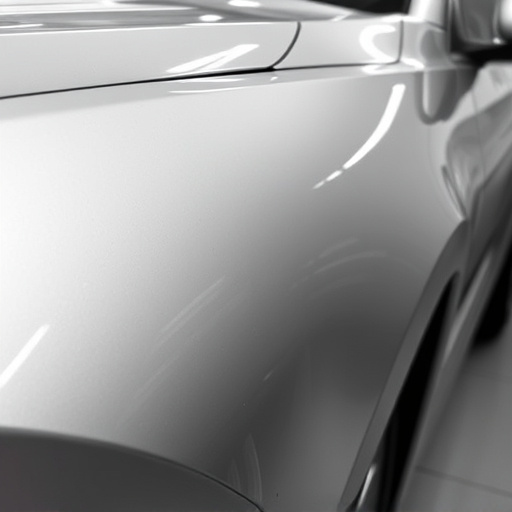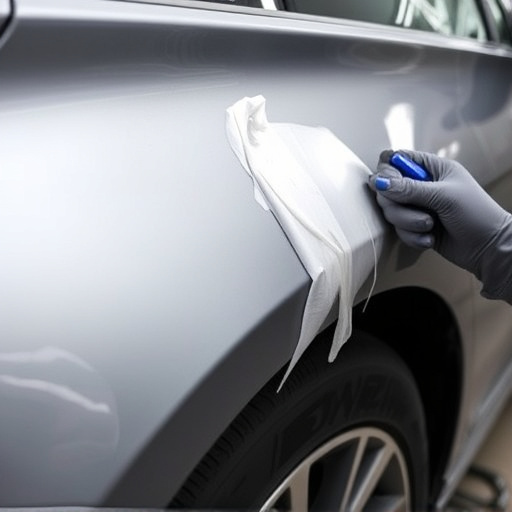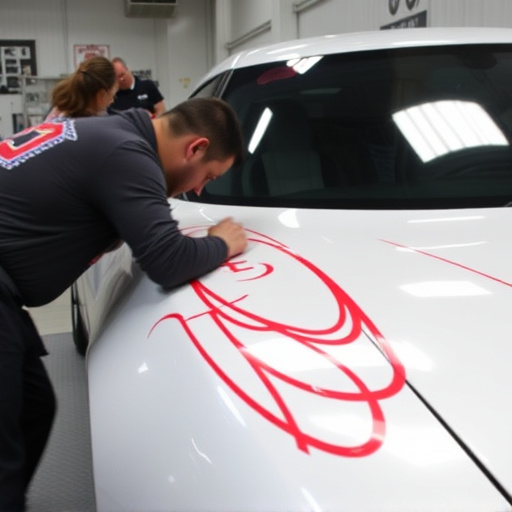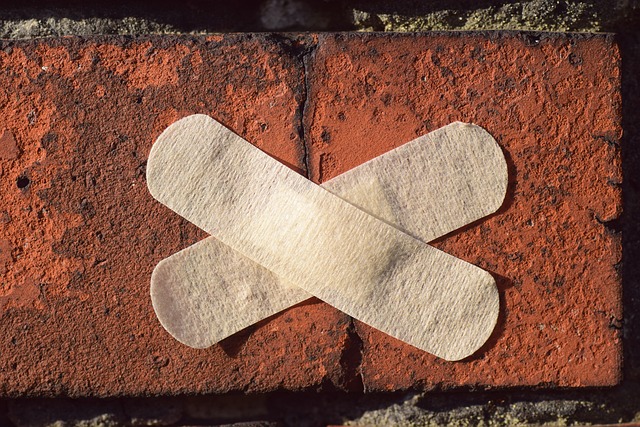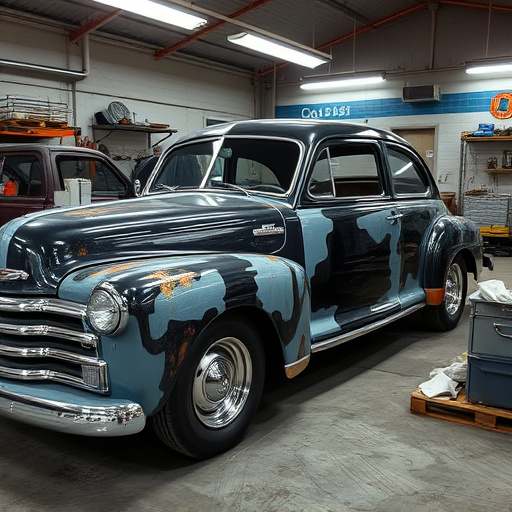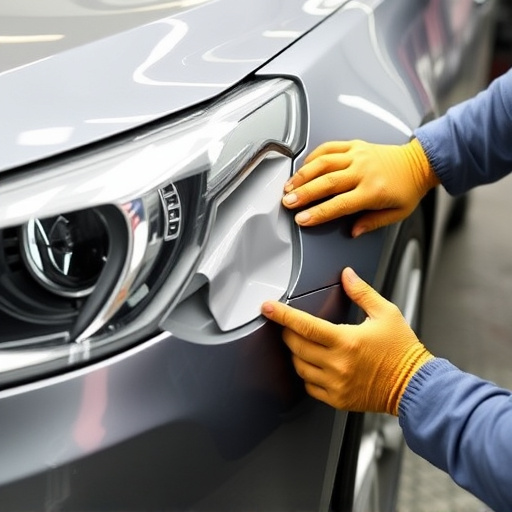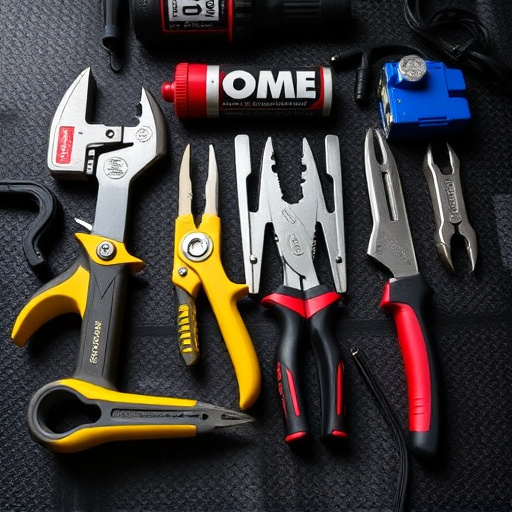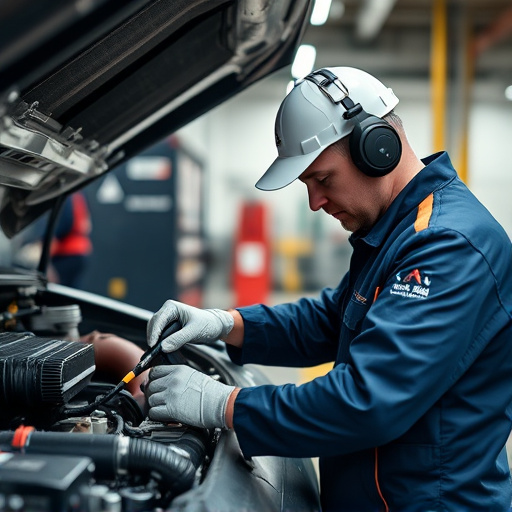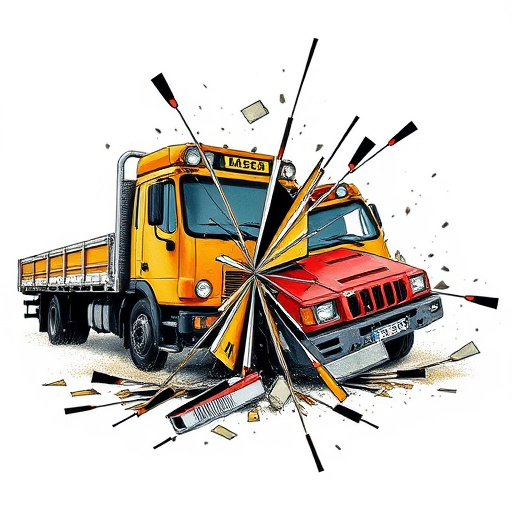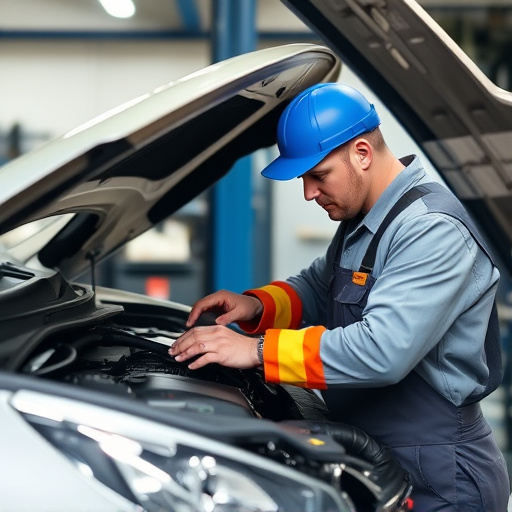The Tesla Measure System offers advanced sensor-based measurements for automotive processes but struggles with hidden issues, weather conditions, and vehicle age, impacting accuracy. Though a promising technology, it requires proper calibration, validation, and user awareness of its limitations to maximize potential. Transparent communication from Tesla about ongoing improvements can build consumer trust and enhance adoption in collision repair.
Is Tesla’s measure system a game-changer or a work in progress? As electric vehicle (EV) technology continues to evolve, so does the need for accurate measuring tools. Tesla’s in-house measure system promises precision, but should it be trusted blindly? This article delves into the intricacies of Tesla’s measure system accuracy, uncovers potential limitations, and explores future enhancements that could boost consumer confidence.
- Unraveling Tesla's Measure System Accuracy
- Potential Limitations of Full Trust
- Future Enhancements and Consumer Assurance
Unraveling Tesla's Measure System Accuracy
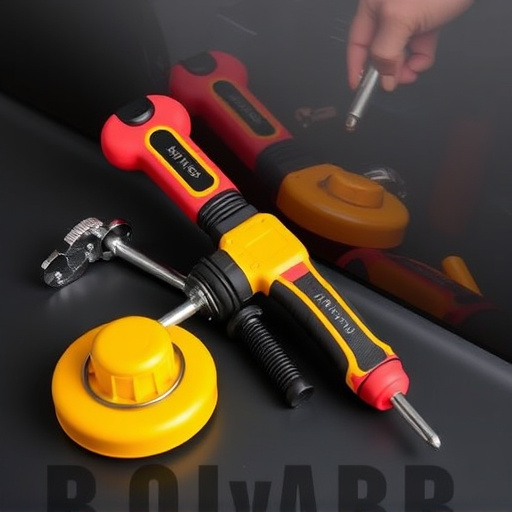
Tesla’s Measure System has been designed to streamline various processes within the automotive industry, from design and manufacturing to maintenance and repairs. However, when it comes to its accuracy, there is a growing curiosity among professionals, especially in the domain of collision repair and automotive restoration. Unveiling the intricacies of this system requires a nuanced understanding of both its capabilities and limitations.
While Tesla boasts advanced technology, including sensor-based measurements, the precision of these systems can be influenced by environmental factors and specific vehicle conditions. In the realm of vehicle bodywork, where precise alignment and measurements are paramount, even minor discrepancies could impact the outcome of repairs or modifications. Thus, it is crucial for technicians and restorers to calibrate and validate these measures, especially when dealing with intricate tasks in collision repair or automotive restoration projects.
Potential Limitations of Full Trust
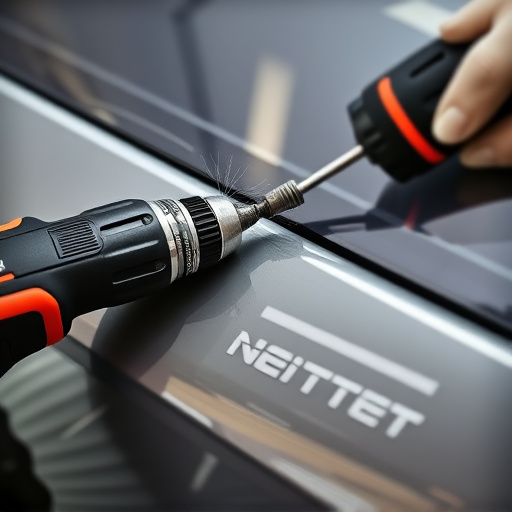
While Tesla’s Measure System offers impressive capabilities for assessing vehicle damage, it’s important to remember that no technology is infallible. There are potential limitations that drivers and auto body shops should be aware of before relying fully on this system.
One key consideration is the system’s accuracy in complex or unusual car collision repair scenarios. The Tesla Measure System excels at identifying surface-level damage, but may struggle with hidden or internal issues that require professional inspection, especially in cases involving intricate auto body repairs or vehicle restoration work. Additionally, factors like weather conditions and vehicle age can impact the system’s readings, potentially leading to misdiagnoses if not properly accounted for.
Future Enhancements and Consumer Assurance
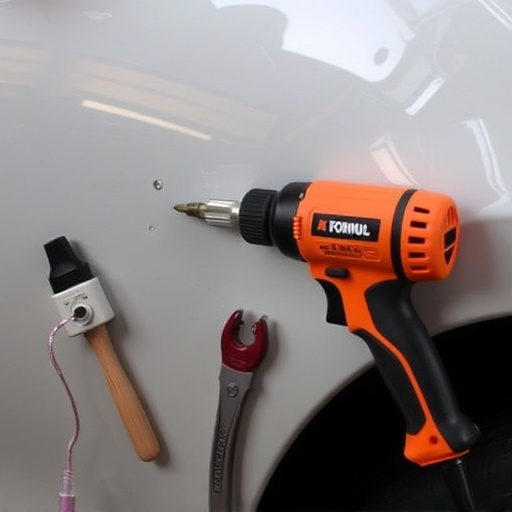
The Tesla Measure System, while impressive, is a work in progress. As with any cutting-edge technology, future enhancements are expected to refine its accuracy and capabilities further. These advancements could potentially transform the way auto body repair and dent removal services are delivered, making them faster, more efficient, and less costly for consumers.
However, ensuring consumer assurance remains paramount. Tesla needs to prioritize transparent communication about the system’s current limitations and ongoing improvements. Clear guidelines on when and how the measure system is used in car collision repair processes will help set realistic expectations among customers. By fostering trust through open dialogue, Tesla can encourage more people to embrace this innovative approach to vehicle maintenance and repairs.
While Tesla’s Measure System shows promising potential, relying entirely on it for precision measurements is premature. Despite its advancements, there are still potential limitations that require consideration. Looking ahead, continued development and transparent communication from Tesla will be crucial to instilling greater consumer trust in this innovative technology. As the system evolves, addressing these limitations will be essential to ensuring its accuracy and reliability across diverse scenarios.
